Rice fields in Na Nieng village, Tri Le commune were completely buried in mud after the flood. Photo: Van Truong
Mr. Vi Van Lam, a resident of Na Nieng village, said that his family cultivated 3 sao of rice, but the flood had completely wiped out the land, and that the next crop would face the risk of food shortage. Photo: Van Truong
The Nam Chot stream has eroded, eating deep into the fields of Na Nieng village. Photo: Van Truong
After the flood, the rice fields in Tri Le commune were considered a total loss. Photo: Van Truong
Young rice shoots emerge from the mud where there used to be lush green rice fields. Photo: Van Truong
Rice fields were heavily buried, restoring production faced many difficulties. Photo: Van Truong
Mr. Lo Minh Diep - Chairman of Tri Le Commune People's Committee, said that the whole commune has a total area of 598 hectares of rice fields, of which more than 150 hectares were completely destroyed due to burial, which has not yet been remedied. To handle this situation, the commune needs support from the State, using excavators to level and restore the rice fields. Photo: Van Truong
Chau Tien commune's rice fields were flooded, many areas of rice were damaged, only a few remained green. Photo: Van Truong
Prolonged flooding has caused many rice fields in Chau Tien commune to turn yellow. Photo: Van Truong
Mr. Nguyen Tien Hung - Chairman of Chau Tien Commune People's Committee, said that the whole commune currently has 762 hectares of rice, of which more than 320 hectares are flooded, with nearly 20 hectares of rice deeply flooded, leading to complete damage. Faced with this situation, the commune has directed people to focus on taking care of rice areas that are still able to grow, and at the same time encouraged people to switch to growing crops for rice areas that died when the water receded. Photo: Van Truong
Source: https://baonghean.vn/can-canh-hang-tram-hec-ta-lua-he-thu-cac-xa-tri-le-chau-tien-bi-vui-sau-trong-bun-sau-lu-phia-tay-bac-nghe-an-10303424.html


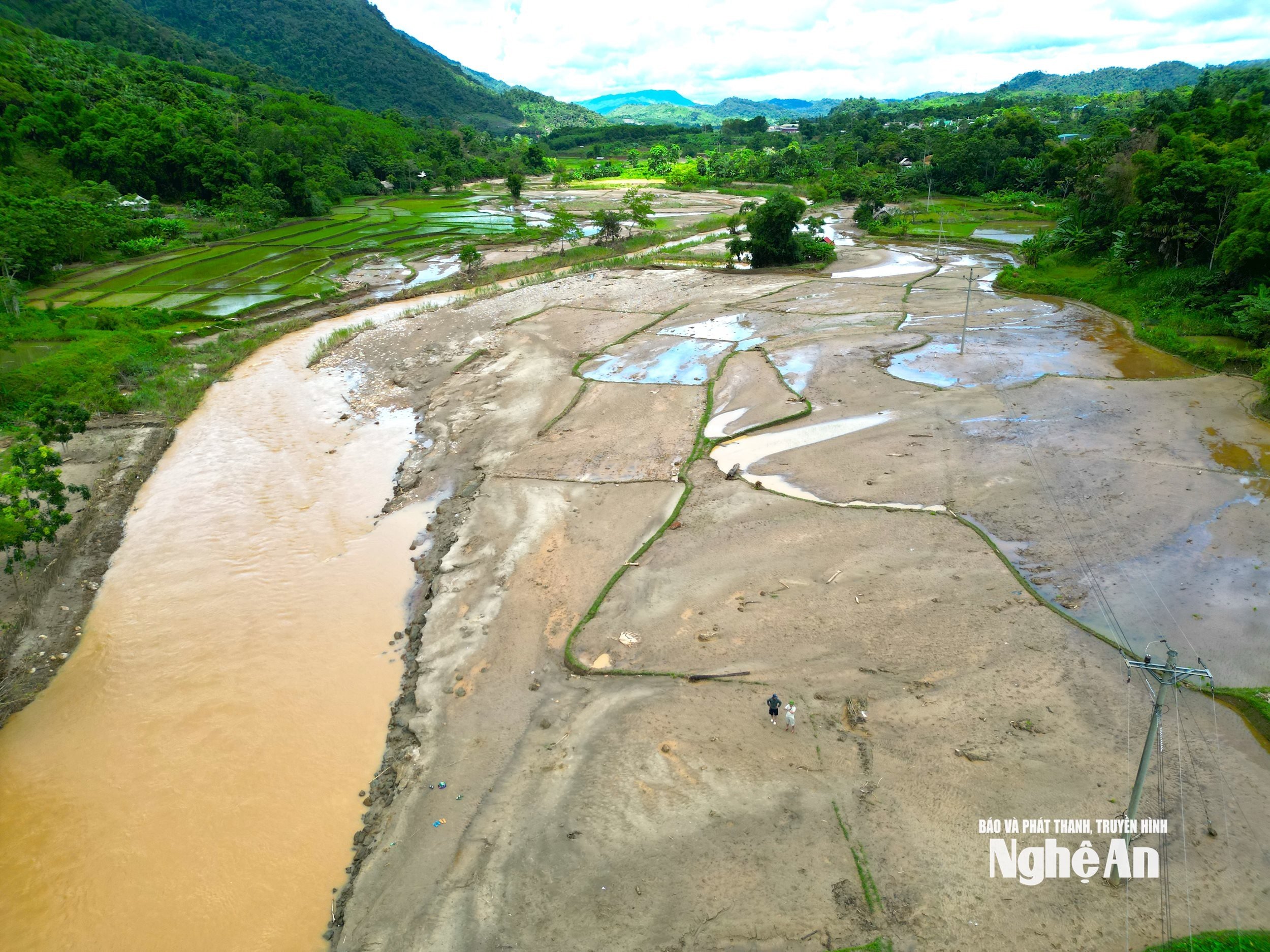
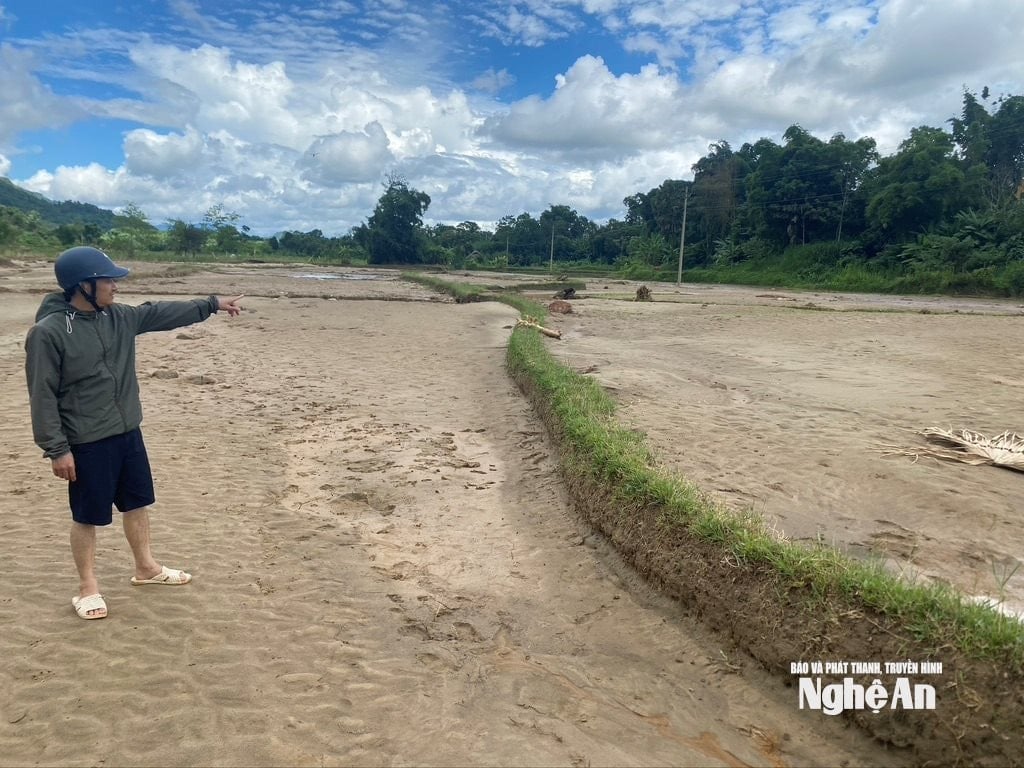
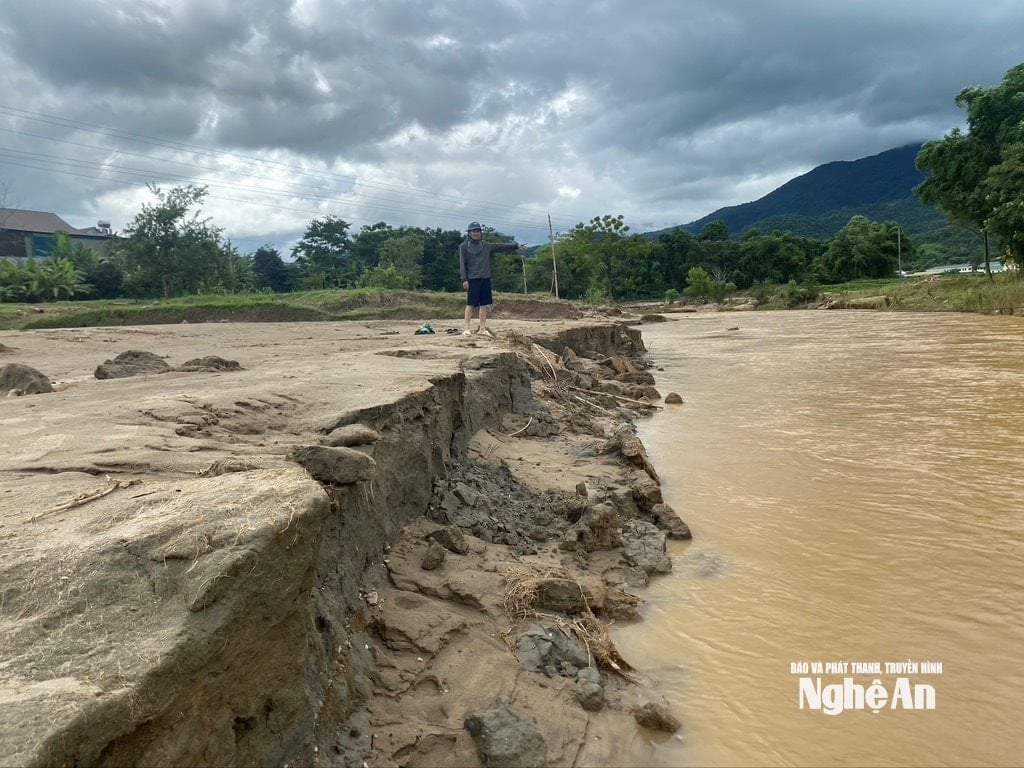
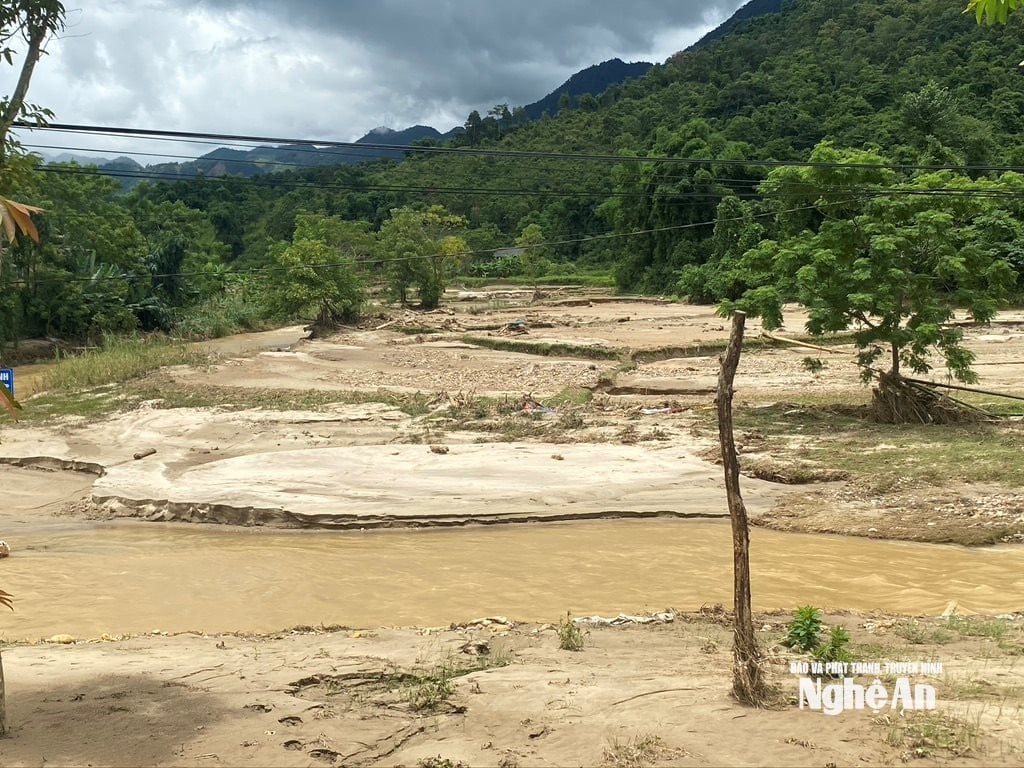
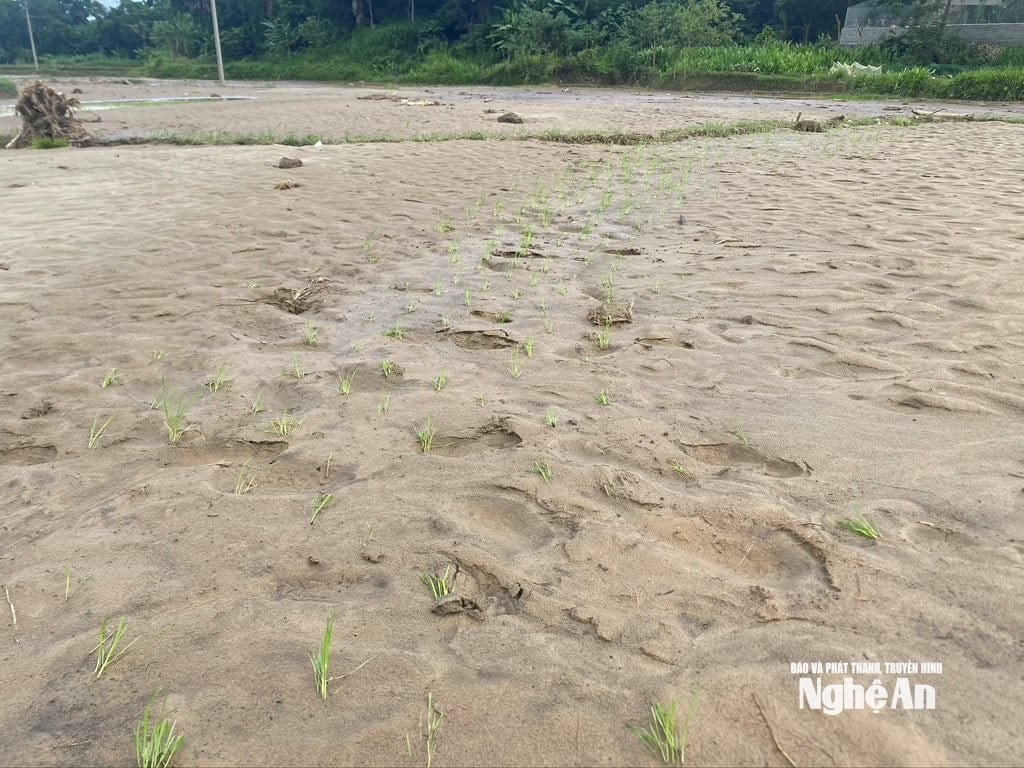
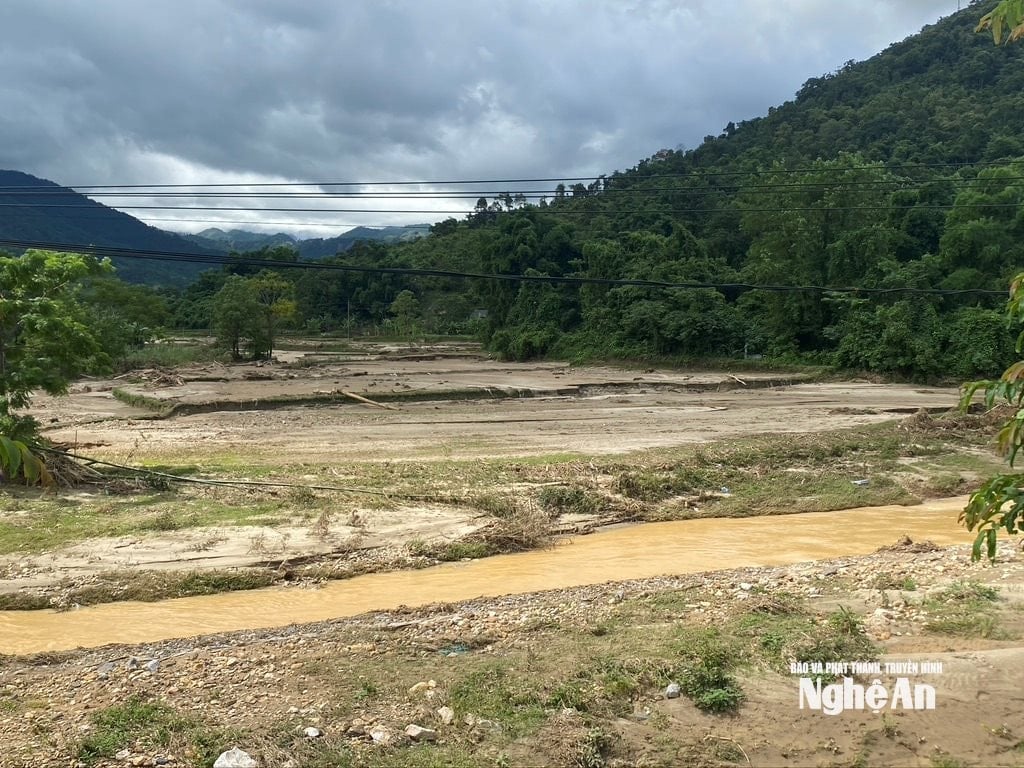
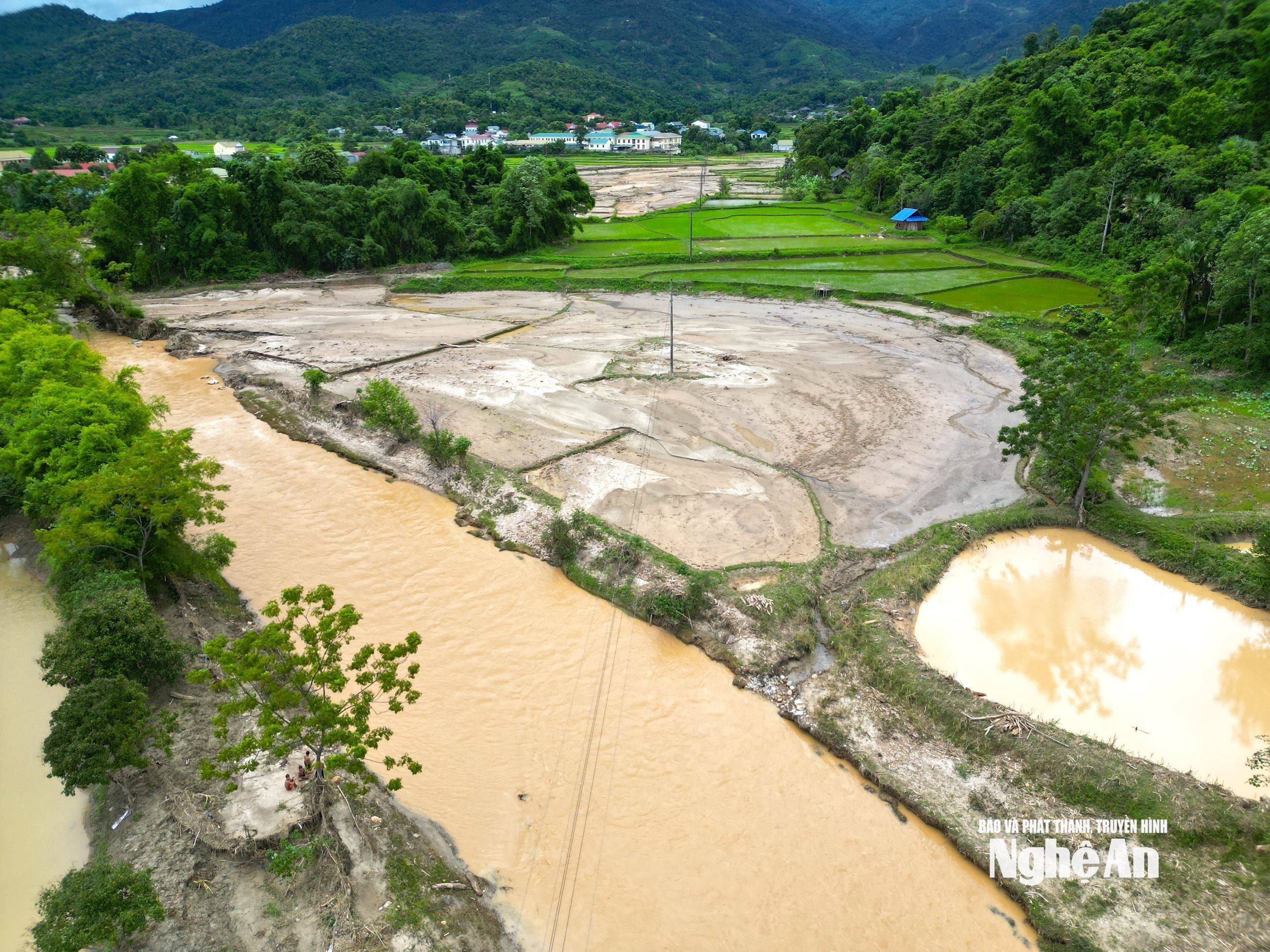
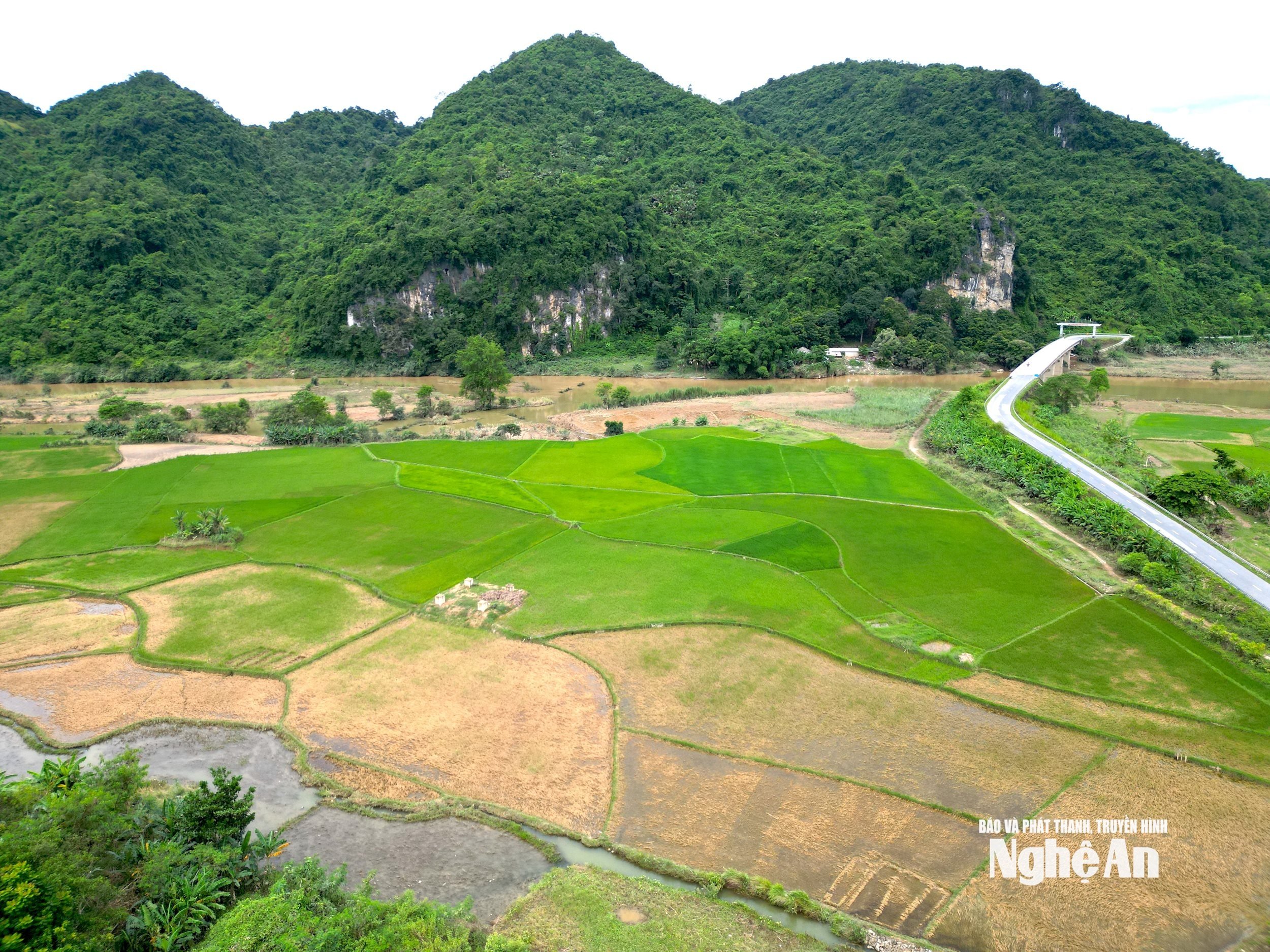
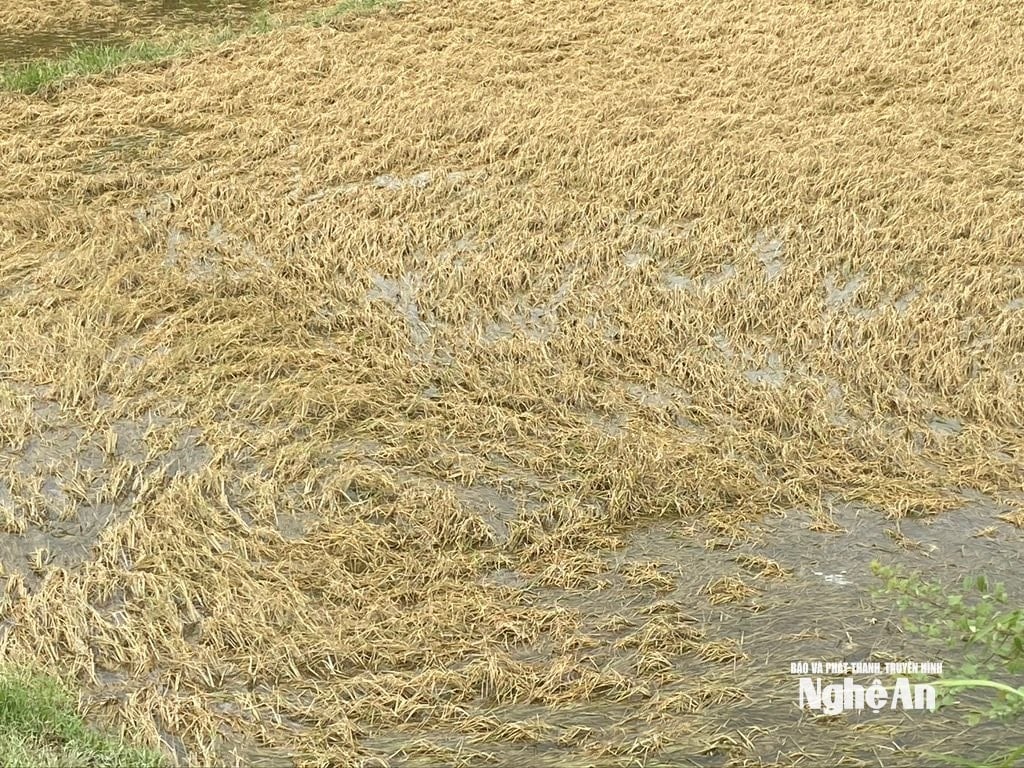
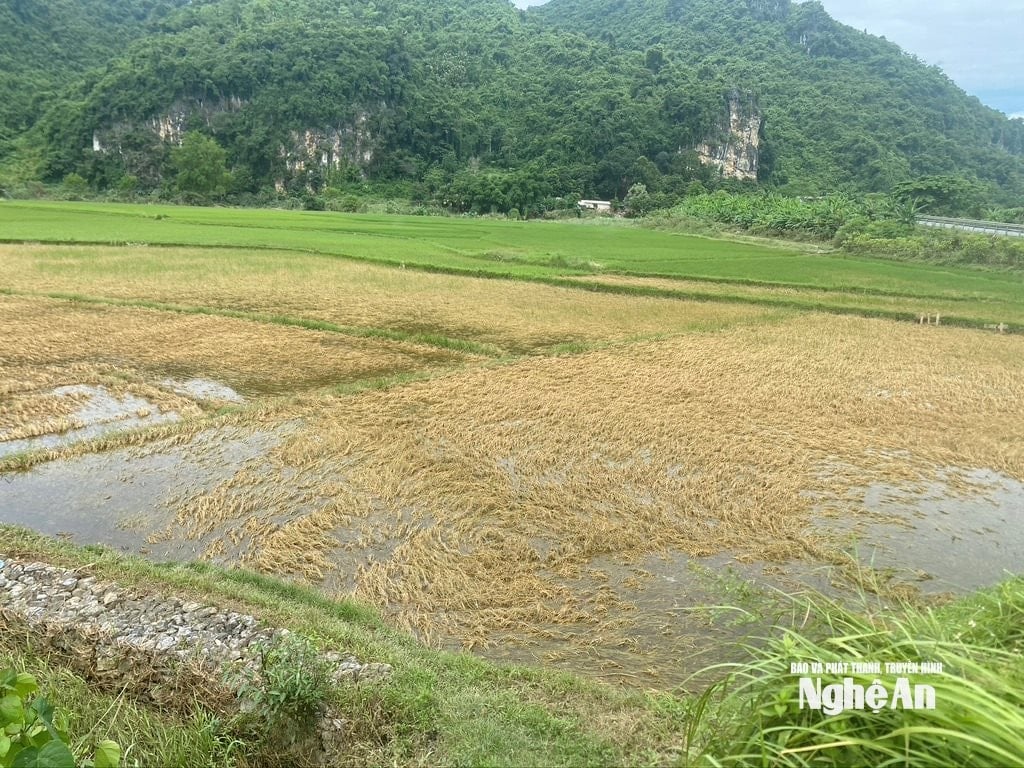




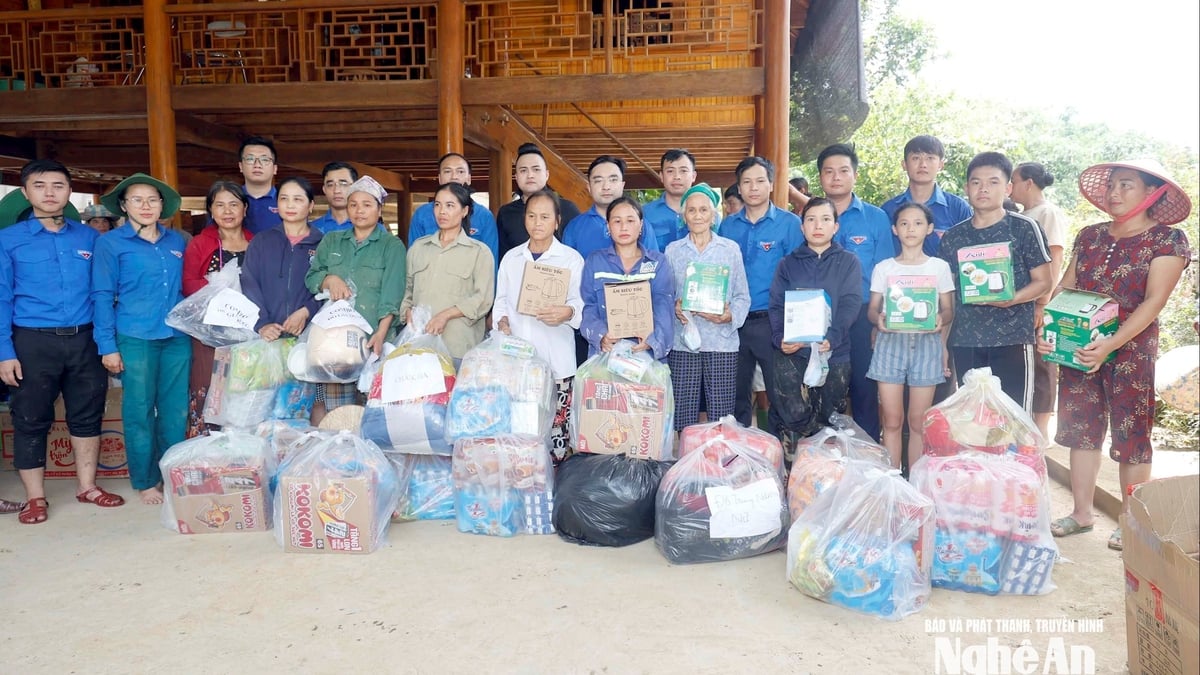
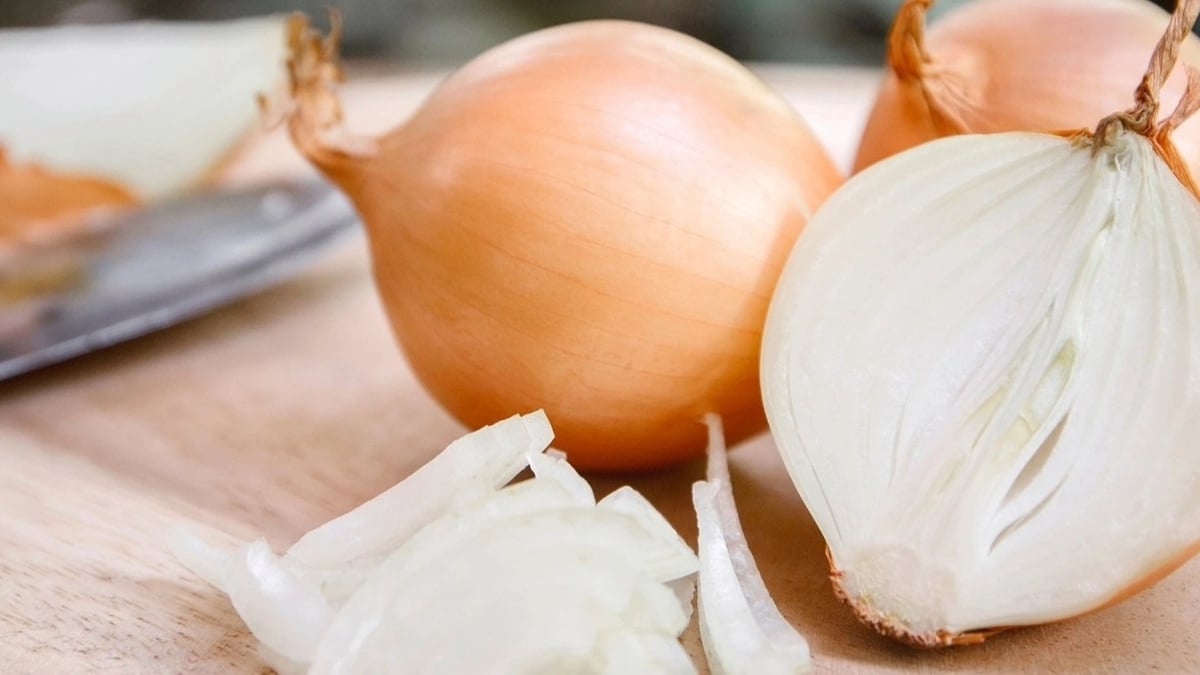





















![[Photo] National Assembly Chairman attends the seminar "Building and operating an international financial center and recommendations for Vietnam"](https://vphoto.vietnam.vn/thumb/1200x675/vietnam/resource/IMAGE/2025/7/28/76393436936e457db31ec84433289f72)























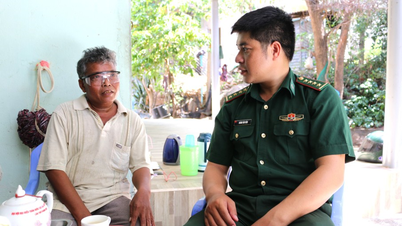

![[Maritime News] Container shipping faces overcapacity that will last until 2028](https://vphoto.vietnam.vn/thumb/402x226/vietnam/resource/IMAGE/2025/7/30/6d35cbc6b0f643fd97f8aa2e9bc87aea)













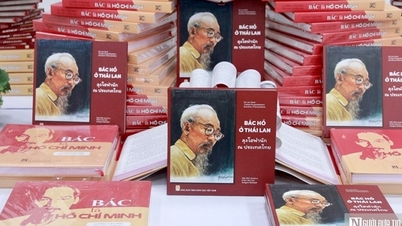


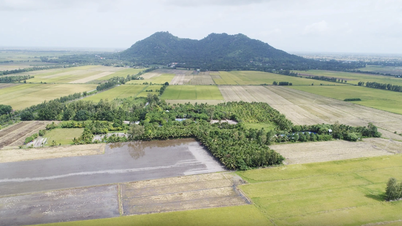





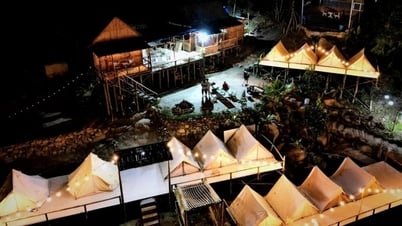


















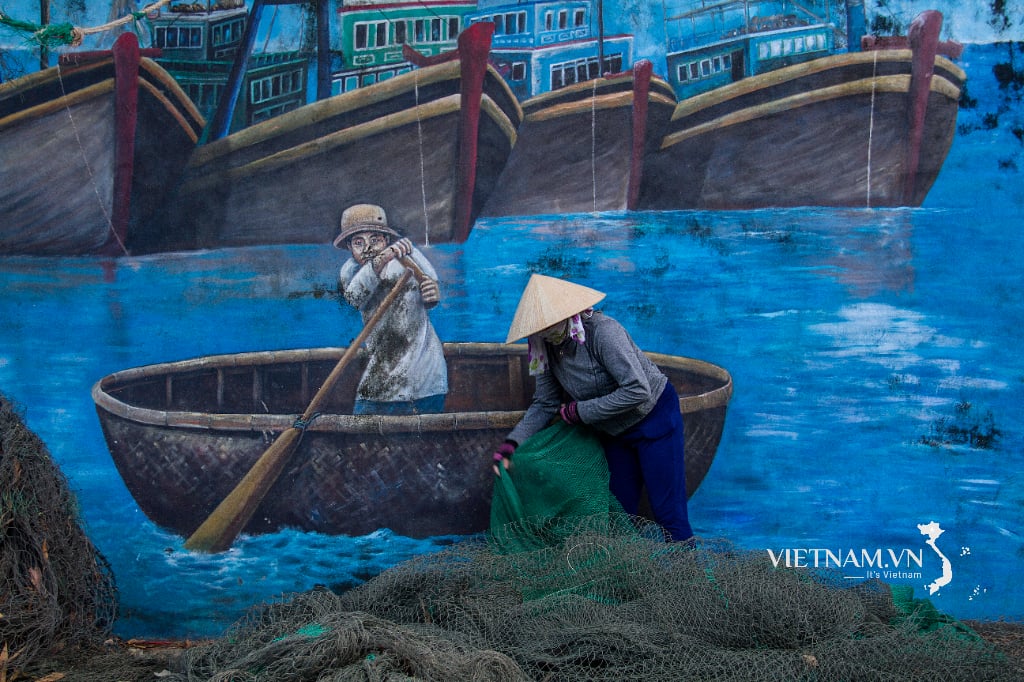
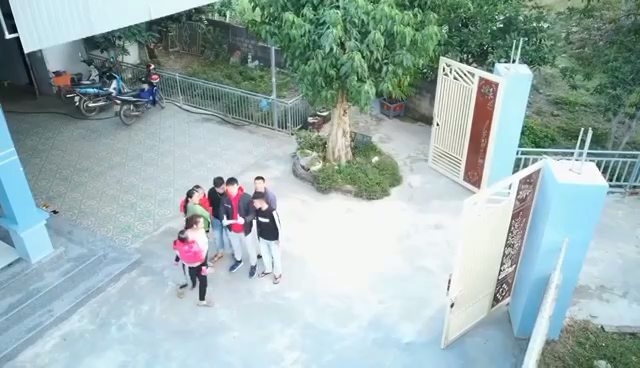
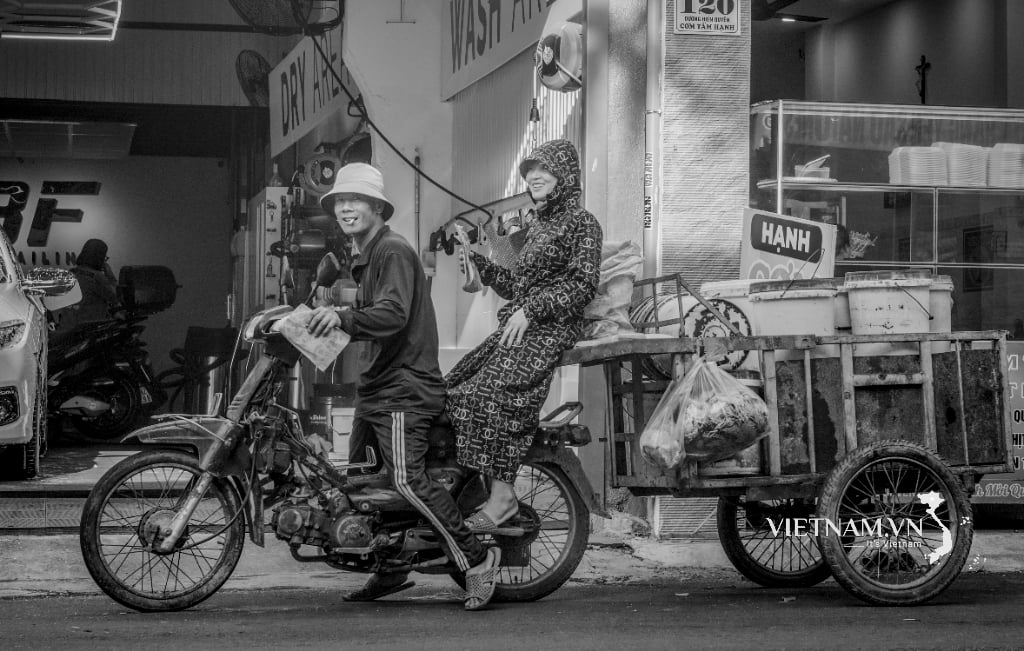

Comment (0)